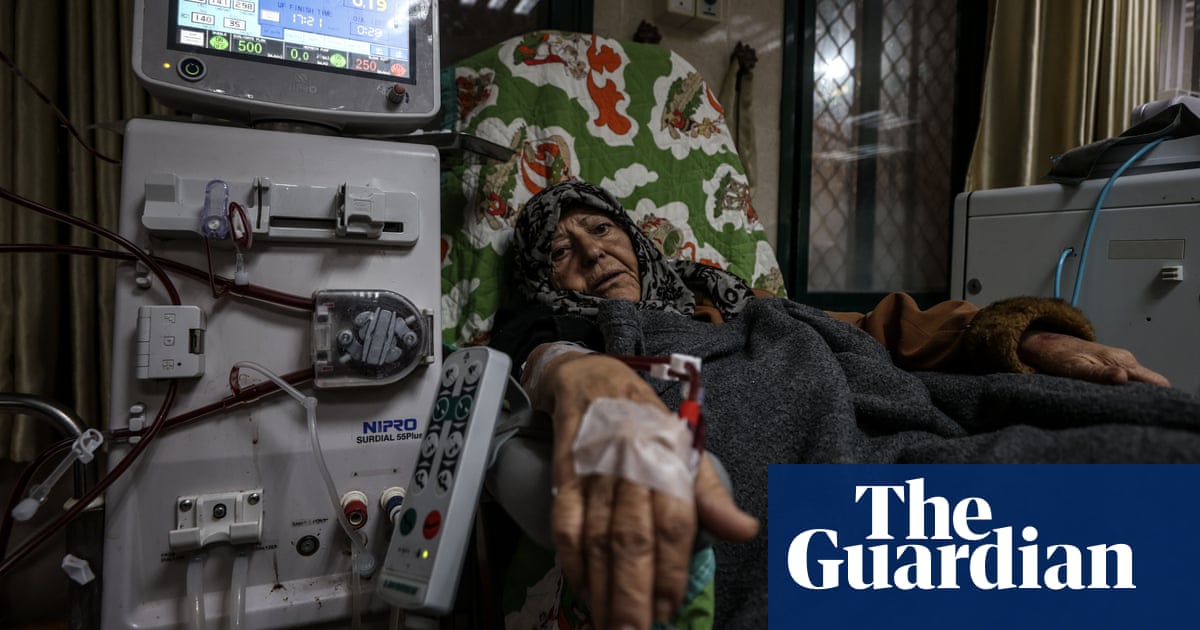
Experts have said higher summer temperatures caused by the climate crisis will fuel an increase in cases of potentially deadly skin cancers such as melanoma.
The UK recorded its highest ever temperature of 40.2C last month, as climate scientists stressed the heatwave was not a one-off and high temperatures were likely to become more frequent.
Now medics are warning that the changing climate will cast a long shadow should people spend more time in the sun and have greater exposure to UV radiation.
“As a clinician treating patients with melanoma, I am definitely concerned that a sustained trend in hotter summers will lead to more cases of melanoma and more deaths from melanoma,” said Sarah Danson, a professor of medical oncology at the University of Sheffield.
Julia Newton-Bishop, a clinician scientist leading the melanoma research group at the University of Leeds, said: “Melanoma is caused essentially by sunburn, and this weather is so extreme that I am concerned that sunburns will increase and later so will the incidence of melanoma.”
According to data from Cancer Research UK, skin cancer death rates among men in the UK have more than tripled since the 1970s, with increases also recorded among women. It is thought the rise may be down to a number of factors including greater sun exposure due to package holidays, with Michelle Mitchell, the chief executive of Cancer Research UK, warning that getting sunburn just once every two years can triple the risk of skin cancer.
Prof Dann Mitchell, an expert in climate science at the University of Bristol, noted that the relationship between warmer weather and health could be indirect.
“One of the clearest signals of climate change is hotter temperatures, not just in summer, but all year around,” he said. “This shift in temperatures also shifts behavioural patterns, and people in the UK tend to go outside more when the temperatures are warm. This leads to more exposure to sunlight throughout the year, and crucially more exposure to the UV part of that sunlight, which is a known risk factor for skin cancer.”
Mitchell added that long-term health consequences of the climate crisis were not discussed enough.
“This is because we cannot say a specific heatwave caused a specific cancer. Rather, we link the increased risk of cancer to the integration of many warmer days, with these warmer days made more likely due to human-induced climate change,” he said, adding that more research in the area was needed.
Karis Betts, a senior health information manager at Cancer Research UK, said it was too early to know the impact of the recent heatwaves on skin cancer cases as cancer usually takes many years to develop.
But she added: “It’s important to remember that it’s the ultraviolet rays from the sun rather than its heat that cause sunburn and skin cancer. The sun can be strong enough to burn from mid-March to mid-October here in the UK, whether it’s a heatwave or not.”
Danson said there were a number of steps that could be take to reduce sun exposure and avoid getting sunburn, including staying out of the sun completely from 11am to 3pm, sitting in the shade, covering up with shirts and hats, and wearing and reapplying sunscreen.
“Anyone with concerns about a new or changing mole should seek advice from their GP immediately as early diagnosis is really important and we have treatments available,” she said.












